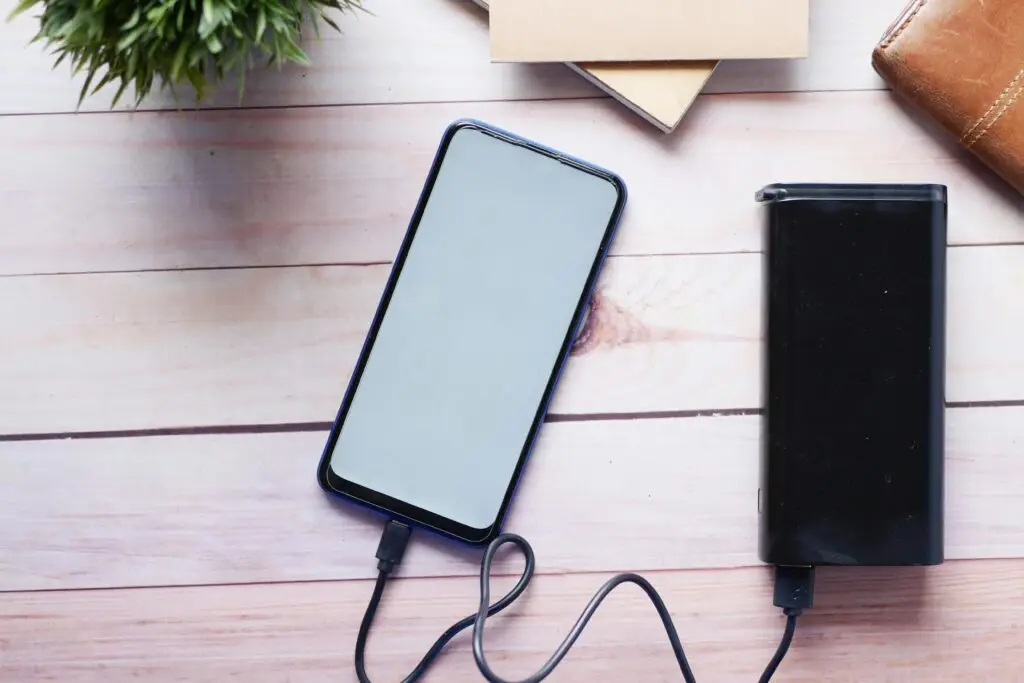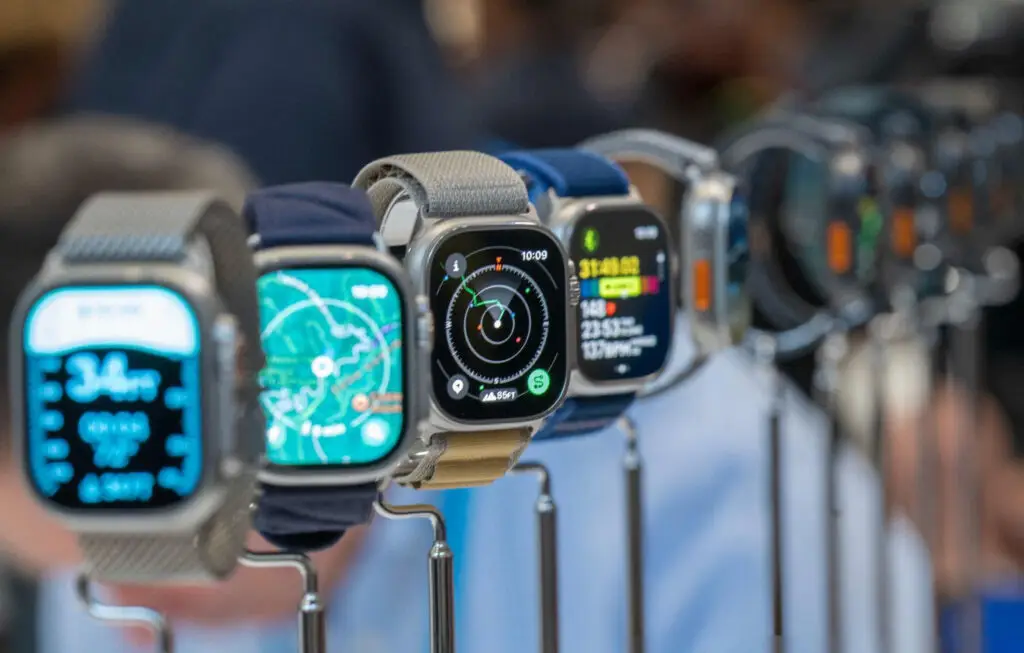Smartphone Battery Life Tips for Longer Usage
With the rise of mobile-first lifestyles, smartphones have become more than just gadgets—they’re personal assistants, cameras, entertainment centers, and business hubs. Despite yearly improvements in features, many users find themselves frustrated with battery limitations. How can one get the most out of smartphone battery life, avoid those all-too-common low battery alerts, and extend the lifespan of the device’s most important component?
This guide delves into actionable, science-backed smartphone battery life tips. It’s crafted for users of every experience level: everyday phone owners, tech experts, students, travelers, and busy professionals. You’ll find practical daily habits, advanced hacks, myth-busting, and answers to the most pressing battery questions.
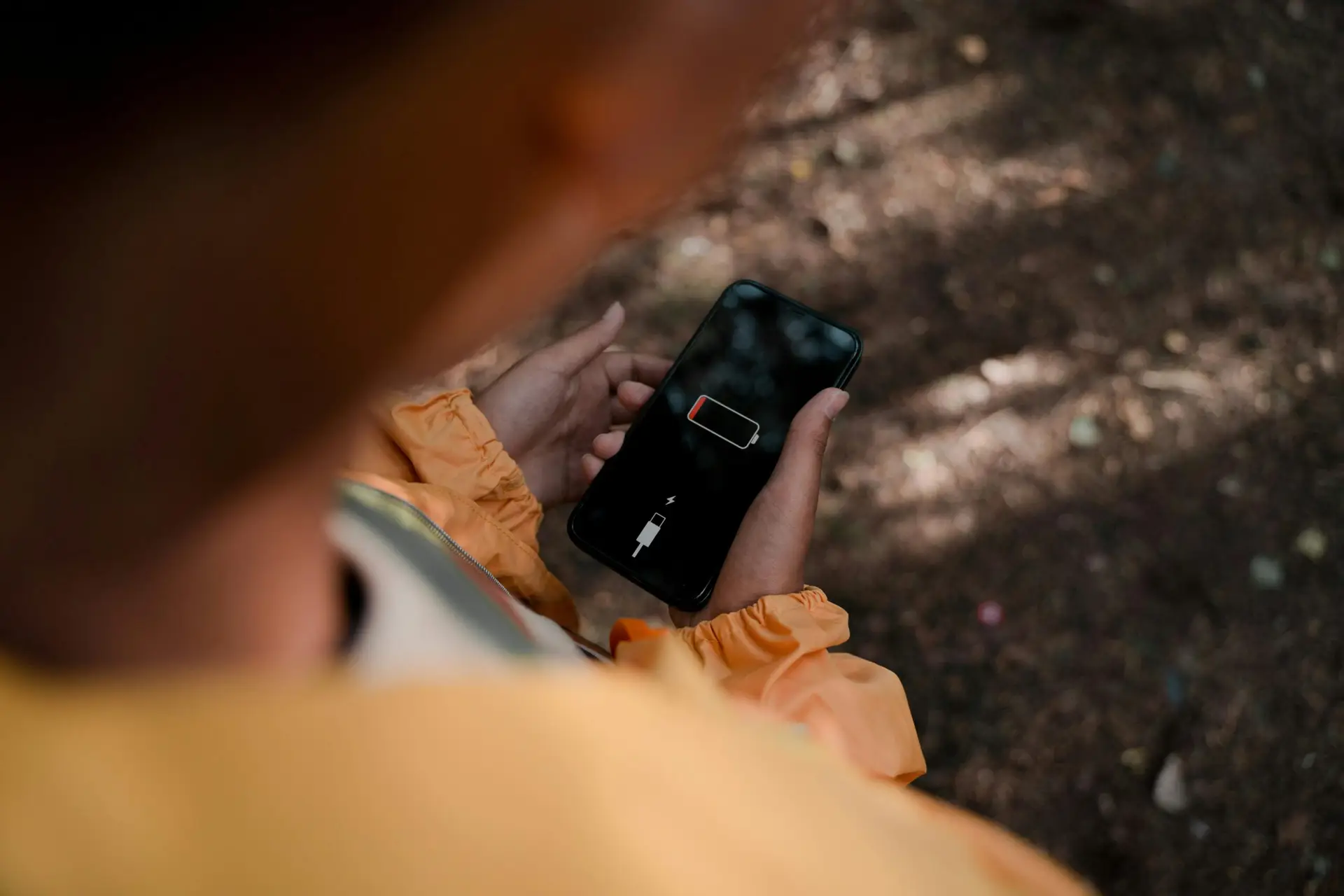
Why Battery Life Matters
Modern smartphones pack more functionality than some computers. The extensive use—messaging, streaming, navigation, mobile gaming, social media, and photography—results in heavy battery consumption. Yet, battery chemistry often lags behind these advances, leading to rapid power drain and faster aging.
Battery problems can:
- Disrupt daily planning and productivity: Imagine needing your phone for work calls or navigation but losing power mid-task. Poor battery life interrupts even the simplest tasks, adding stress and delay.
- Limit emergency communication: In urgent situations, having a working phone can be lifesaving. A drained battery might mean missed calls or inability to send SOS messages.
- Shorten overall device lifespan: Lithium-ion batteries degrade over time—and improper care accelerates this wear, forcing premature replacements.
- Contribute to electronic waste and unnecessary expenses: Bad battery management leads to buying new devices more frequently, increasing costs and environmental impact.
Managing battery health isn’t just about convenience—it’s also about sustainability and saving money. Adopting smartphone battery life tips ensures your device stays dependable longer, while reducing ecological footprints.
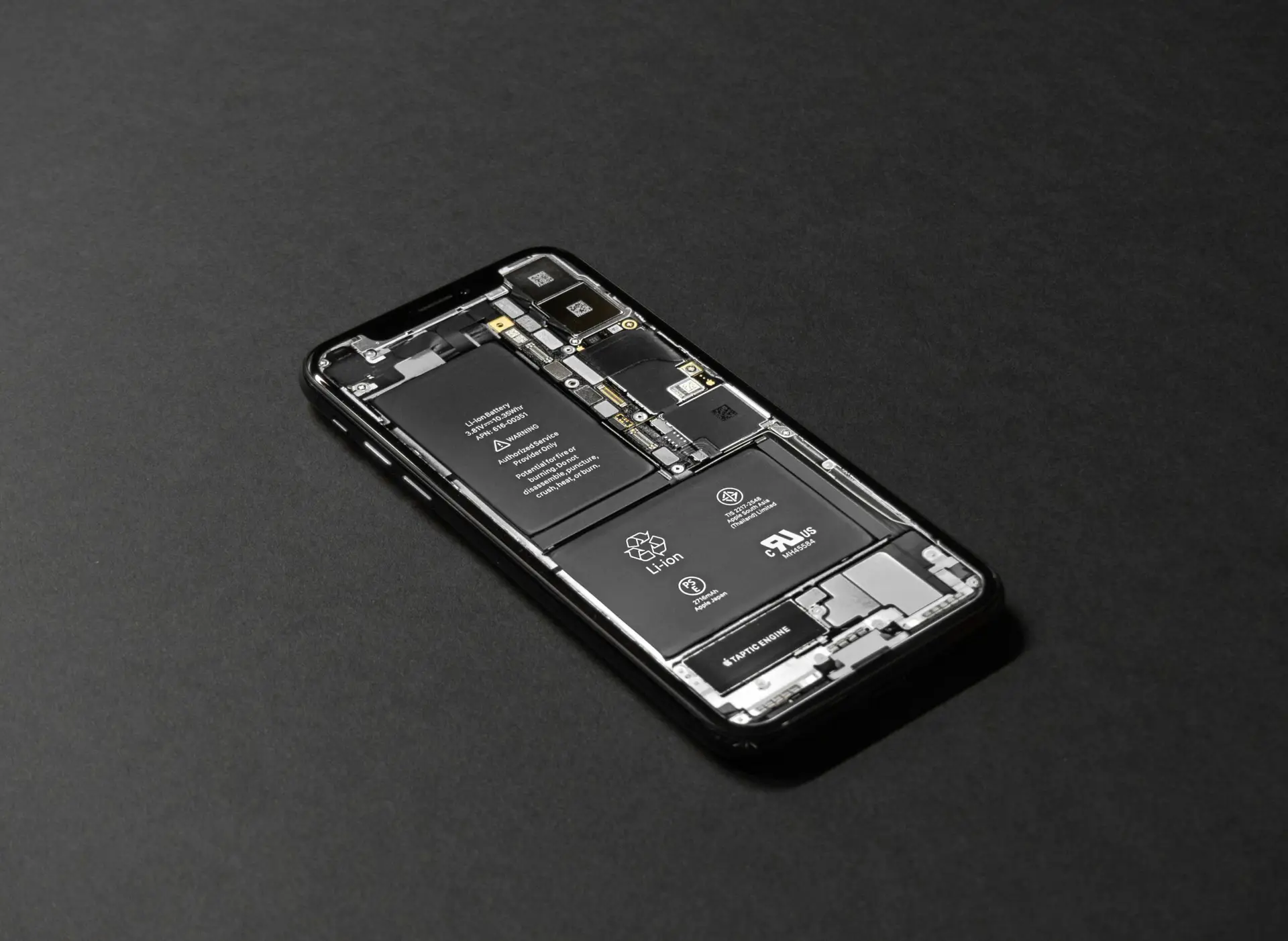
Understanding Smartphone Batteries
Battery Chemistry in Modern Phones
Most contemporary smartphones use lithium-ion batteries, favored for their lightweight design, fast charging, and relatively high energy density. However, these batteries have some limitations:
- Gradual degradation: With each charge and discharge cycle, the battery’s capacity slightly decreases.
- Temperature sensitivity: Excessive heat or cold can accelerate battery wear and reduce performance.
- Voltage stress: Constantly charging to full or draining to zero causes chemical stress.
Key points for smartphone battery life tips:
- Lithium-ion batteries perform best when charged within 20% to 80% range.
- Avoid exposing your phone to high temperatures (>35°C / 95°F) or freezing cold.
- Every battery has a finite lifespan, often expressed in 300 to 500 full charge cycles, after which capacity drops noticeably.
How Battery Health Is Measured
Modern smartphones, such as iPhones and Samsung Galaxy devices, provide battery health info via settings. Users can check:
- Maximum Capacity Percentage: This shows how much the battery can hold compared to when new. Anything below 80% signals lost performance.
- Peak Performance Capability: Indicates if the battery supports peak processor speeds or if it throttles to save power.
Understanding your battery health empowers you to take preventative smartphone battery life tips before problems worsen.
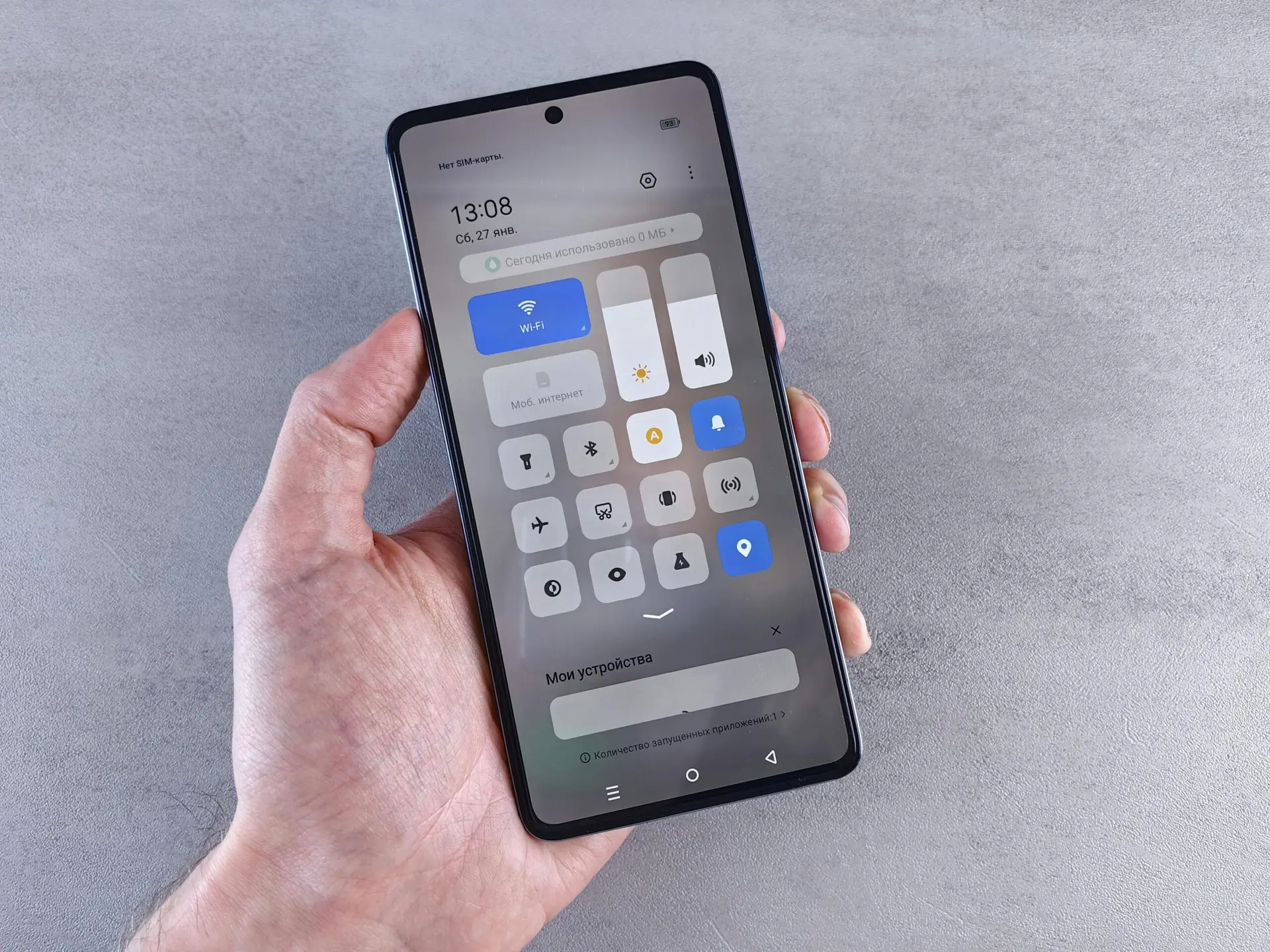
Daily Smartphone Battery Life Tips
Optimizing battery life isn’t about complicated tweaks—it’s about consistent, thoughtful habits.
Control Screen Brightness
Your screen is the single largest power consumer on your device—often using up to 40% or more of your daily battery. Dimming your screen or enabling auto-brightness can drastically reduce battery usage without sacrificing visibility.
Tips to implement:
- Use auto-brightness so the phone adjusts brightness based on your environment.
- Manually set brightness between 40% and 60% indoors.
- Increase brightness only when outdoors or in direct sunlight to maintain readability.
Adjust Screen Timeout
Many users leave their screens on longer than necessary, wasting precious power. Setting your screen to turn off or go to sleep after 30 to 60 seconds of inactivity is ideal for preserving battery.
Use Adaptive Battery Modes
Both Android and iOS devices include battery saver or low power modes that reduce background processes, dim the screen, and limit animations and sync. These modes can extend battery life by up to 30% during critical times.
How to enable:
- Android:
Settings > Battery > Battery SaverorAdaptive Battery. - iOS:
Settings > Battery > Low Power Mode.
Disable Unused Connectivity and Functions
Wireless radios consume power even when unused, so turn off:
- Bluetooth: When you’re not connected to headphones or smartwatches.
- GPS/Location Services: Unless actively navigating or using location-based apps.
- Wi-Fi: If you’re not near trusted networks.
- NFC: Only enable when using contactless payments.
Turning these off when not required reduces constant battery drain.
Limit Push Emails and Notifications
Apps like email clients and social media refresh frequently to keep you updated, but this drains battery quickly.
Smartphone battery life tips for notifications:
- Set emails to fetch manually or every 15–30 minutes instead of push.
- Review notification permissions and disable non-essential alerts.
- Turn off notification previews which wake the screen unnecessarily.
Charge Smart: Partial Cycles and Avoid Overnight Charging
Lithium-ion batteries degrade faster if they’re frequently charged to 100% or drained completely to 0%.
Best practices:
- Keep your battery charged between 20% and 80%. Small frequent top-ups are healthier than full charging cycles.
- Avoid leaving your phone plugged in overnight, as trickle charging causes heat and stress.
- Use a smart plug or charger with auto-shutdown to prevent overcharging if overnight charging is unavoidable.
Keep Your Phone Cool
Heat is a major enemy of battery health:
- Don’t leave your phone in hot places like car dashboards or direct sunlight.
- Remove protective cases during heavy charging or gaming to help heat dissipate.
- Prefer indoor or shaded areas when charging.
Cold temperatures also reduce temporary battery performance, so keep your phone warm in winters without overheating.
Close Apps and Tabs Judiciously
Many believe force-closing apps saves battery, but this can backfire by forcing apps to relaunch repeatedly, consuming more power.
What the smartphone battery life tips suggest:
- Only force-close apps that are proven battery hogs (heavy games, GPS trackers).
- Disable background refresh on apps that don’t need to update continuously.
- Regularly clear unnecessary browser tabs which keep loading resources.
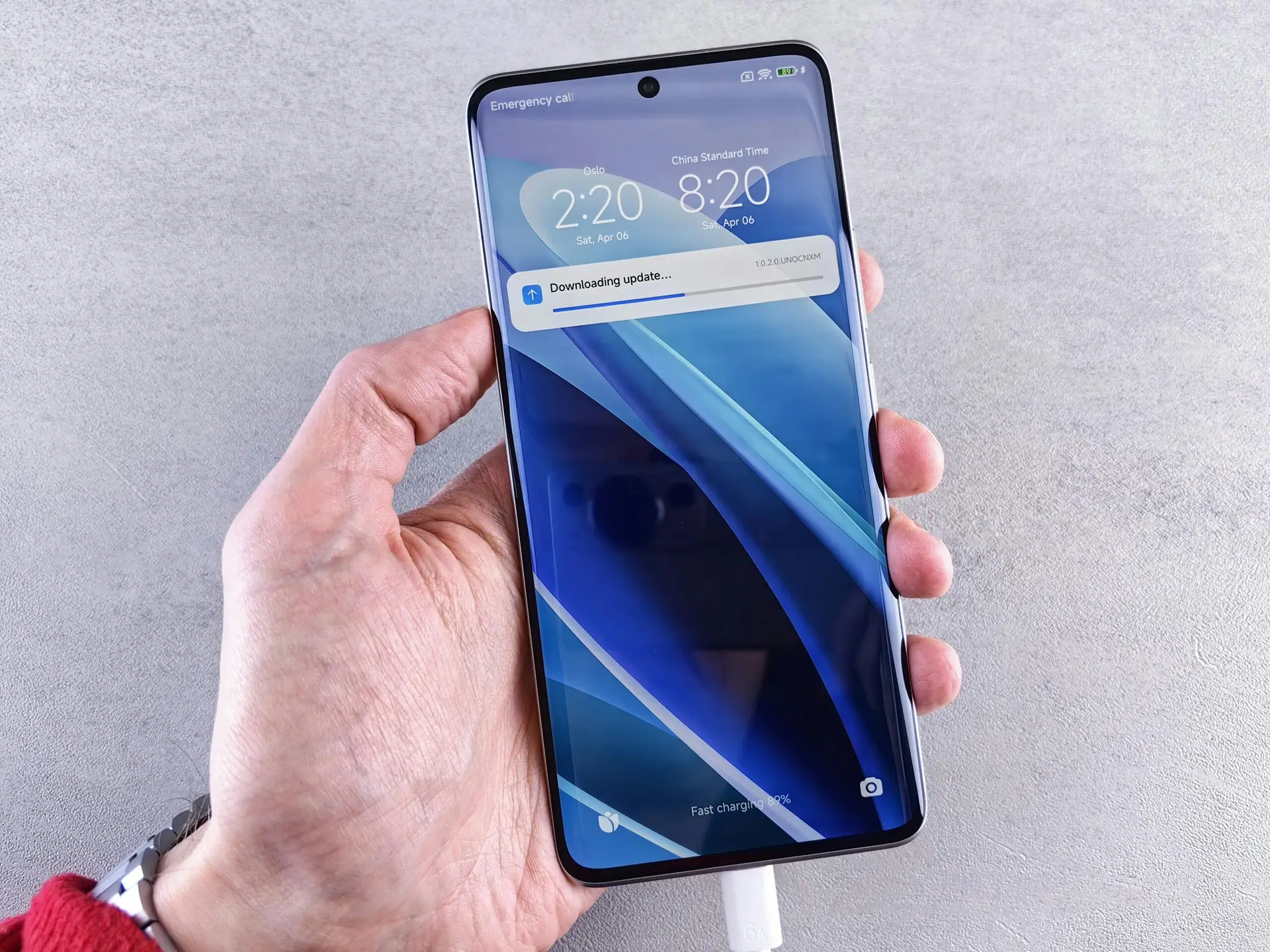
Advanced Smartphone Battery Life Tips
Experienced users can take battery optimization even further:
Update Software Regularly
Manufacturers frequently release updates that optimize battery use, fix bugs, and improve power consumption management, making these essential smartphone battery life tips for maintaining your device’s performance.
Routine for updating:
- Enable auto-update for both OS and apps.
- Manually check for firmware updates monthly.
New algorithms and optimization patches can improve battery life surprisingly well.
Use Power-Efficient Apps and Alternatives
Certain apps use more power due to heavy animations, constant syncing, or data usage.
Try these smartphone battery life tips:
- Use lightweight browsers like Chrome Lite or Opera Mini which save data and battery.
- For music, choose streaming apps that allow offline downloads to avoid constant data use.
- Select chat apps with fewer media previews (e.g., Signal, Telegram).
- Disable autoplay videos in social media apps to save power.
Monitor Battery Usage Statistics
Both Android and iOS devices provide detailed breakdowns of battery consumption by apps.
How to check smartphone battery life tips usage:
- Android:
Settings > Battery > Battery Usage. - iOS:
Settings > Battery > Battery Usage.
Set alerts or timers for apps that consume disproportionate amounts of battery and adjust usage accordingly.
Enable Dark Mode and Minimalist Themes
Smartphones with OLED or AMOLED screens save power when using black or very dark themes since black pixels are physically turned off.
Implementation tips:
- Switch to system-wide dark mode.
- Use pure black or dark gray wallpapers instead of bright images.
- Select apps with dark themes or minimalist UIs.
Dark modes can increase battery life by up to 30% on compatible devices.
Uninstall Battery-Draining Apps and Widgets
Some live wallpapers, animated widgets, or constantly syncing weather/news widgets track data and activate background processes, rapidly draining battery.
Recommendations:
- Use static wallpapers and limit widgets to essential functions only.
- Studies show removing 3 to 5 battery-hungry widgets can add up to 1 hour of extra screen time per charge.
Limit Social Media and Streaming
Apps like Instagram, TikTok, and Facebook aggressively drain battery due to auto-refresh, data streaming, and video autoplay.
Smartphone battery life tips for media apps:
- Enable data saver or low data mode in apps.
- Manually set video streaming quality to 480p or lower.
- Disable autoplay for videos.
- Monitor app usage time and limit during battery-sensitive periods.
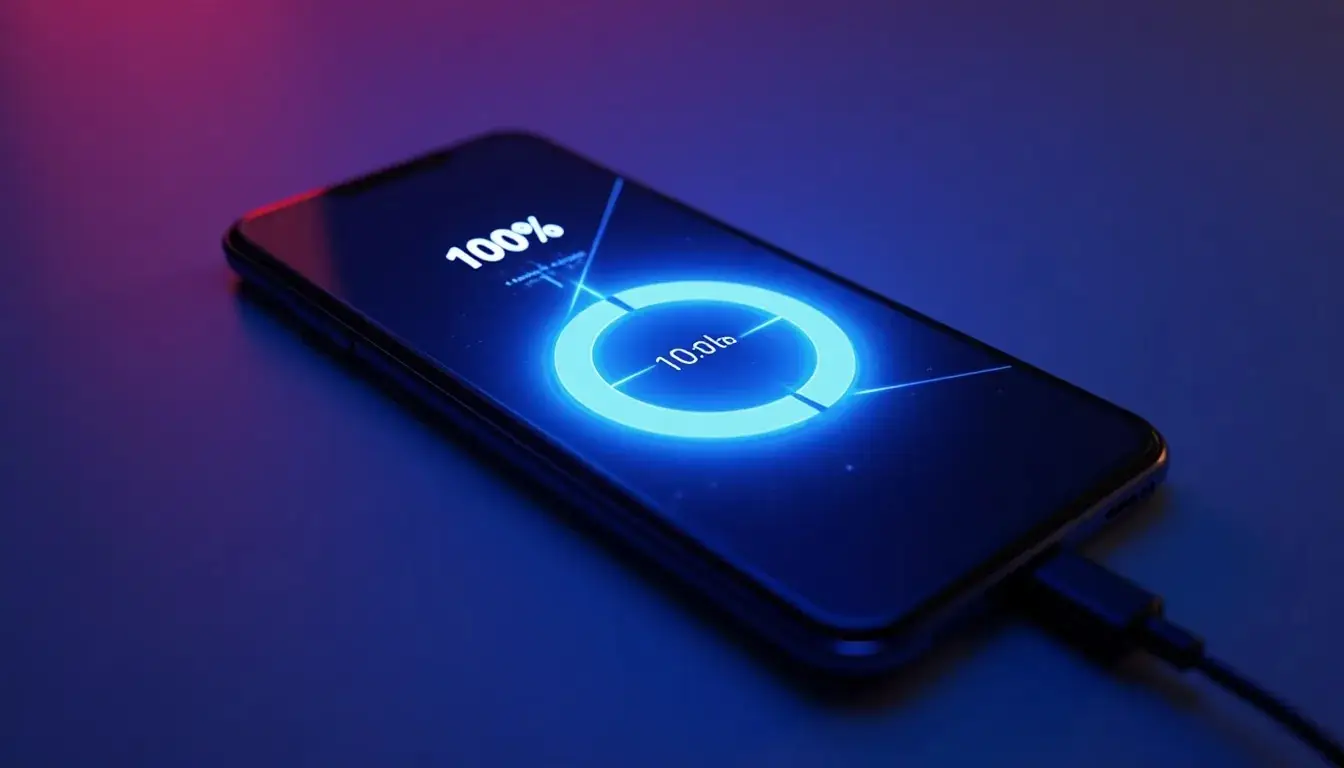
Battery Myths and Facts
There’s no shortage of misconceptions about optimizing battery life, especially when it comes to smartphone battery life tips. Here are the most persistent myths—and the truth behind them:
Myth #1: You must always charge to 100%.
Fact: Charging to full regularly stresses battery cells. Partial charging between 20% and 80% is healthier.
Myth #2: Let the Battery Drop to 0% Regularly.
Fact: Full discharges harm lithium-ion batteries and shorten overall lifespan.
Myth #3: Closing All Apps Saves Battery.
Fact: Force closing apps can increase battery drain by causing reloads.
Myth #4: Using Any Charger Is Fine.
Fact: Uncertified chargers can cause voltage spikes, damaging batteries and phones.
Myth #5: Wireless Charging Wears Out Batteries Faster.
Fact: Certified wireless charging is safe but generates more heat than wired. Use moderately.
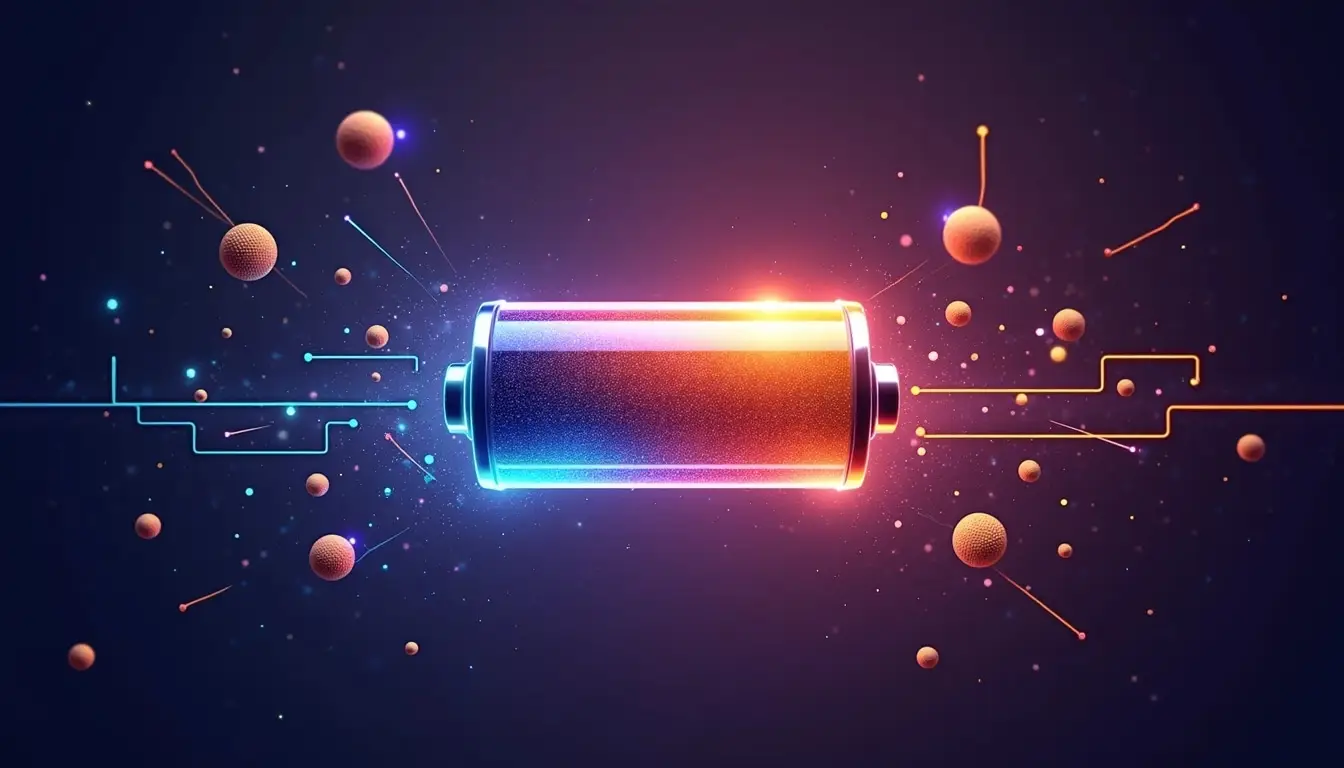
Long-Term Battery Health Care
Smartphone batteries aren’t immortal, but following proven smartphone battery life tips and thoughtful long-term habits will extend their useful life significantly.
Store Batteries Correctly
If storing a phone for extended periods, charge to around 50% before turning off. Too low a charge risks deep discharge; too high causes chemical stress.
Use Certified Chargers Only
Always choose chargers and cables from reputable brands or your phone manufacturer to avoid power irregularities and overheating.
Avoid Fast Charging Unless Necessary
Frequent use of fast charging generates heat that accelerates battery aging. Use it sparingly and prefer slow overnight charging.
Take Advantage of System Reboots
Reboot your smartphone weekly or biweekly to clear errant processes and refresh system resources, which can improve battery management.
Replace Battery Responsibly
When battery health drops noticeably below 80%, consider professional replacement to restore performance and avoid shutdowns.
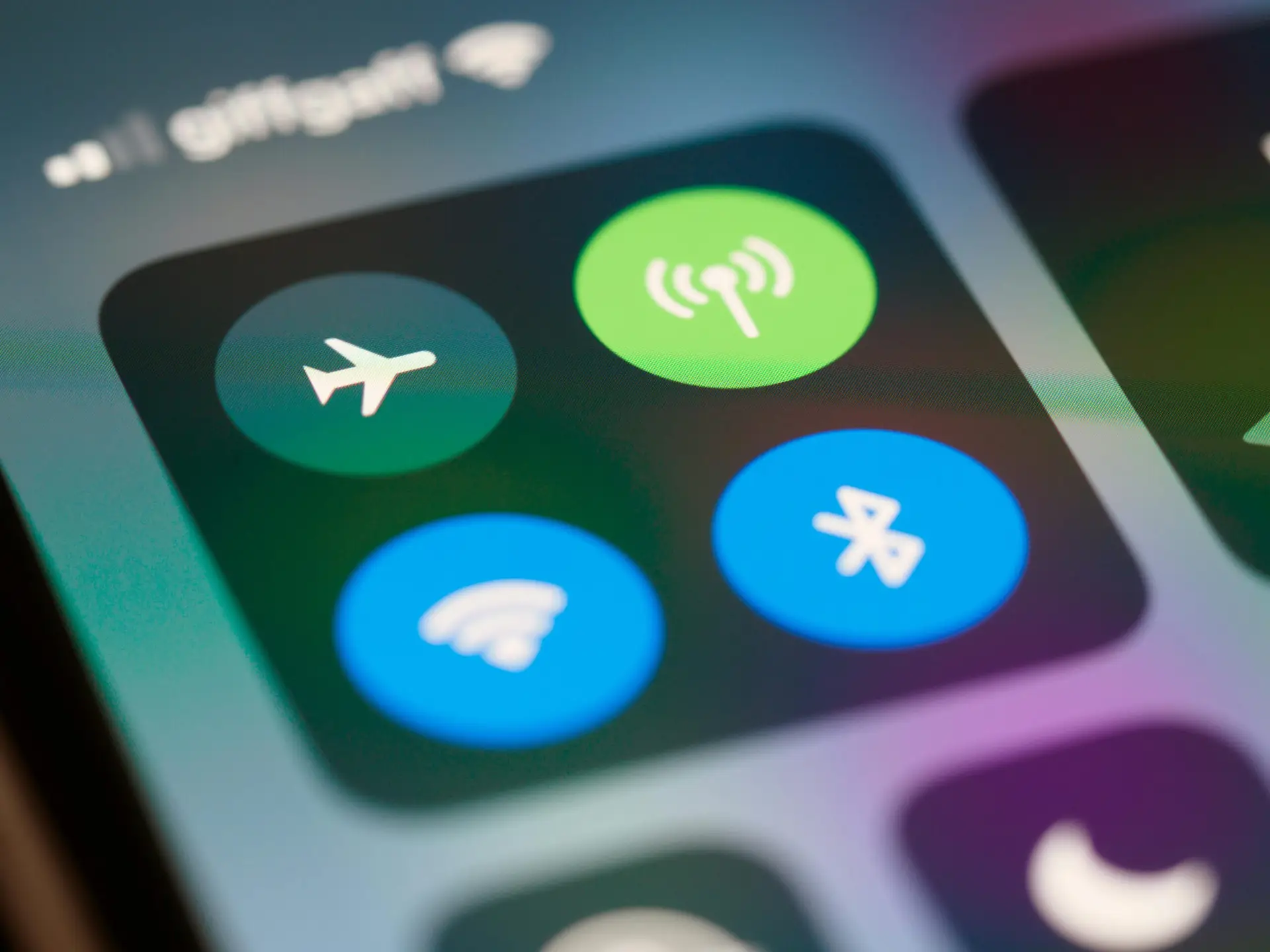
Maximizing Battery in Special Circumstances
Traveling
Optimize battery life by turning on airplane mode when you have no signal, disabling location unless required, and carrying a power bank with you. Download offline maps and media beforehand for reduced data and battery usage.
Emergencies
Keep phone usage minimal, disable non-essential notifications, and close background apps to preserve battery in emergencies. Turn off Bluetooth and Wi-Fi if not locally needed.
Gaming and High Performance Use
Mobile gaming rapidly heats the device and consumes battery. To mitigate:
- Use phone cooling pads or stands.
- Remove heavy phone cases during gameplay.
- Lower screen brightness.
- Close non-essential apps before gaming.
Monitoring and Tools
Monitoring your battery health regularly is a crucial part of effective smartphone battery life tips. Most devices provide built-in tools that show detailed usage and battery capacity, helping you identify potential issues early. Additionally, third-party apps offer advanced insights into battery performance, enabling smarter management and longer-lasting power.
Built-In Battery Health Monitoring
- iPhone:
Settings > Battery > Battery Health & Charging - Samsung/Android:
Settings > Device Care > Battery
Third-Party Battery Apps
Apps like AccuBattery provide detailed consumption analytics, charge cycle counts, and real-time voltage/temperature monitoring to inform your smartphone battery life tips.
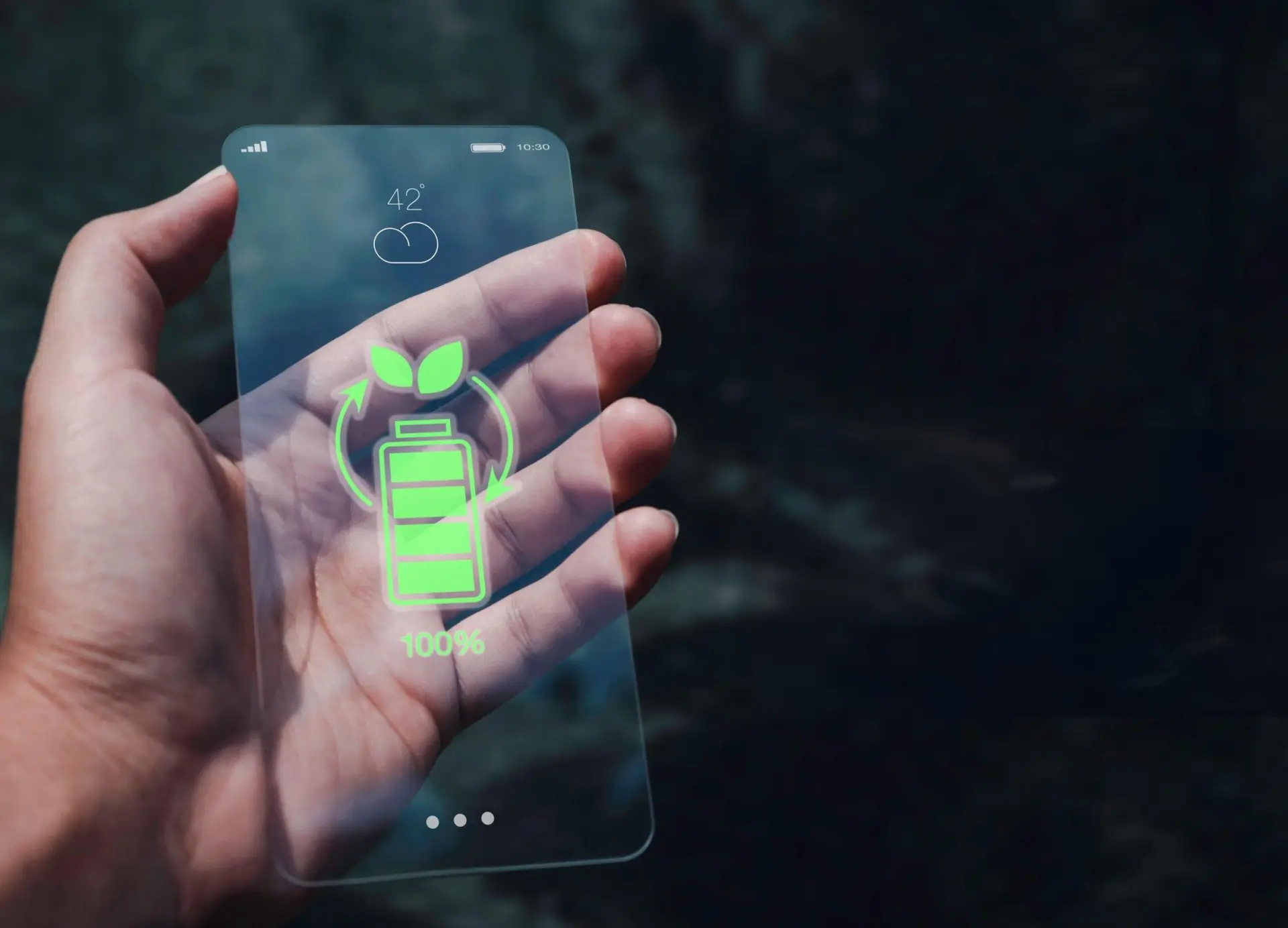
Future Battery Technologies
Despite the popularity of lithium-ion, the next generation is on the horizon:
- Solid-state batteries: Promise greater safety, higher capacity, slower aging
- Graphene batteries: Ultra-fast charging, improved lifespan, less heat
- Eco-friendly innovations: Use of biodegradable materials and easier recycling
While these advancements become mainstream, following the tips above remains the best strategy.
The Environmental Impact of Battery Care
Upcoming battery tech promises longer life and faster charging:
- Solid-state batteries provide greater safety and capacity.
- Graphene batteries enable ultra-fast charging and reduced heat.
- Eco-friendly materials improve recyclability and sustainability.
Until these become mainstream, the outlined smartphone battery life tips remain your best strategy.
Building Habits for Battery Longevity
Stick to a consistent schedule:
- Review battery stats weekly
- Remove unused apps monthly
- Perform OS and app updates every two weeks
- Clean charging ports regularly for best contact
As battery care becomes routine, you’ll notice longer daily use, fewer interruptions, and improved overall device performance.
Troubleshooting Common Battery Issues
- Rapid Battery Drain: Check rogue apps; uninstall recent installs; reset settings if necessary.
- Overheating: Limit resource-heavy apps; remove cases; avoid charging under heat.
- Sudden Shutdowns: Battery replacement or recalibration may be needed.
- Slow Charging: Inspect cables; clean charging ports; test battery health.
Extra Smartphone Battery Life Tips
- Turn off all radios (Wi-Fi, Bluetooth, NFC, GPS) before sleep.
- Use static wallpapers and light apps.
- Download media offline.
- Use lite app or browser versions.
- Disable vibration for calls and notifications.
Frequently Asked Questions (FAQs)
1. What causes smartphone batteries to degrade?
Chemical aging from charge cycles, heat exposure, and fast charging.
2. Should I always let my phone die before charging?
No; partial charges between 20–80% are better.
3. How can I tell if my battery needs replacement?
Rapid battery drop, shutdowns, and capacity below 80% are key signs.
4. Does charging my phone overnight damage the battery?
Charging overnight occasionally won’t cause significant damage thanks to modern smartphones’ built-in protections. However, consistently keeping the phone at 100% charge for extended periods can generate heat and stress the battery. Following smartphone battery life tips, it’s best to unplug once fully charged or use smart chargers that stop charging automatically.
5. How can I reduce battery usage without sacrificing performance?
Adjusting settings such as lowering screen brightness, enabling dark mode, disabling unnecessary background app refresh, and turning off unused connectivity features like Bluetooth or GPS can reduce battery consumption while maintaining device performance. These smartphone battery life tips help balance usability and power savings.
6. Is fast charging harmful to battery health?
Fast charging produces more heat, which slightly accelerates battery aging. Using fast charging sparingly—such as when in a hurry—and preferring slower charging overnight aligns with smartphone battery life tips for preserving battery longevity.
7. How often should I check my battery health?
It’s a good idea to check battery health every few months or if you notice rapid battery drain or unexpected shutdowns. Monitoring battery health regularly supports proactive smartphone battery life tips, allowing timely adjustments or replacement.
8. Can background apps contribute significantly to battery drain?
Yes. Many apps running in the background consume battery by syncing data, refreshing content, or using location services. Managing background activity and disabling unnecessary app refresh aligns with effective smartphone battery life tips to conserve energy.
9. Why does my battery drain faster in cold weather?
Cold temperatures slow the chemical reactions inside lithium-ion batteries, temporarily reducing their capacity and making your battery drain faster. Smartphone battery life tips recommend keeping devices warm in cold climates to prevent this performance drop.
10. Should I calibrate my smartphone battery?
Battery calibration (fully charging then fully discharging once a month) can help recalibrate the percentage readings and prevent unexpected shutdowns. However, it doesn’t improve battery health and is only recommended occasionally as a troubleshooting smartphone battery life tip.
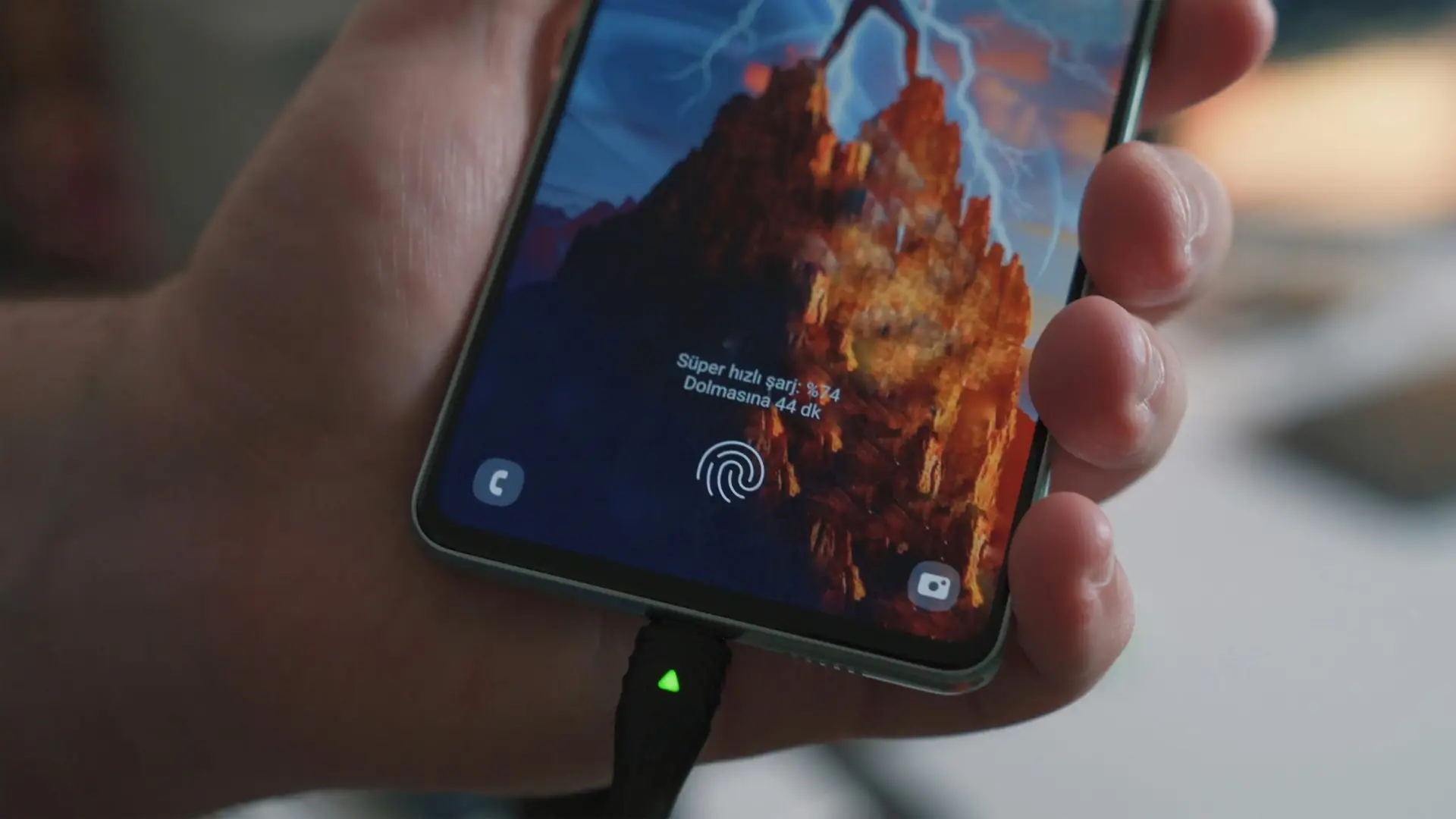
Closing Thoughts
Smartphone battery care is a marathon, not a sprint. By implementing the smartphone battery life tips and strategies above, users ensure longer use between charges, a healthier battery over time, and less frustration with unexpected shutdowns. In a world where mobility and reliability are paramount, following smartphone battery life tips is essential—whether for work, travel, emergencies, or entertainment.
Remember: Smartphone battery life tips are not just tricks—they’re essential habits for today’s mobile world. For more in-depth insights and the latest updates on technology innovations, be sure to visit AI Tech Unboxed.

